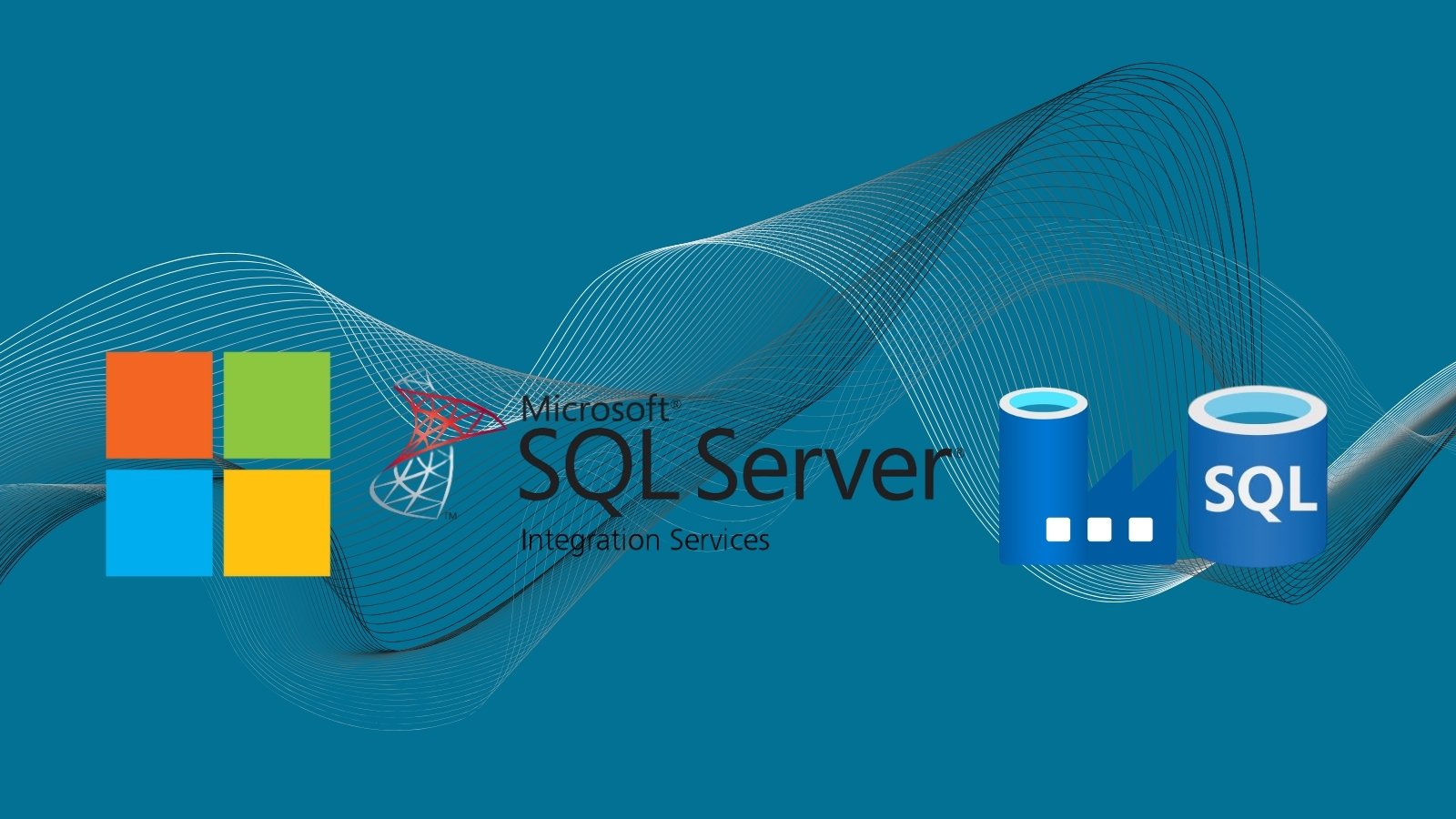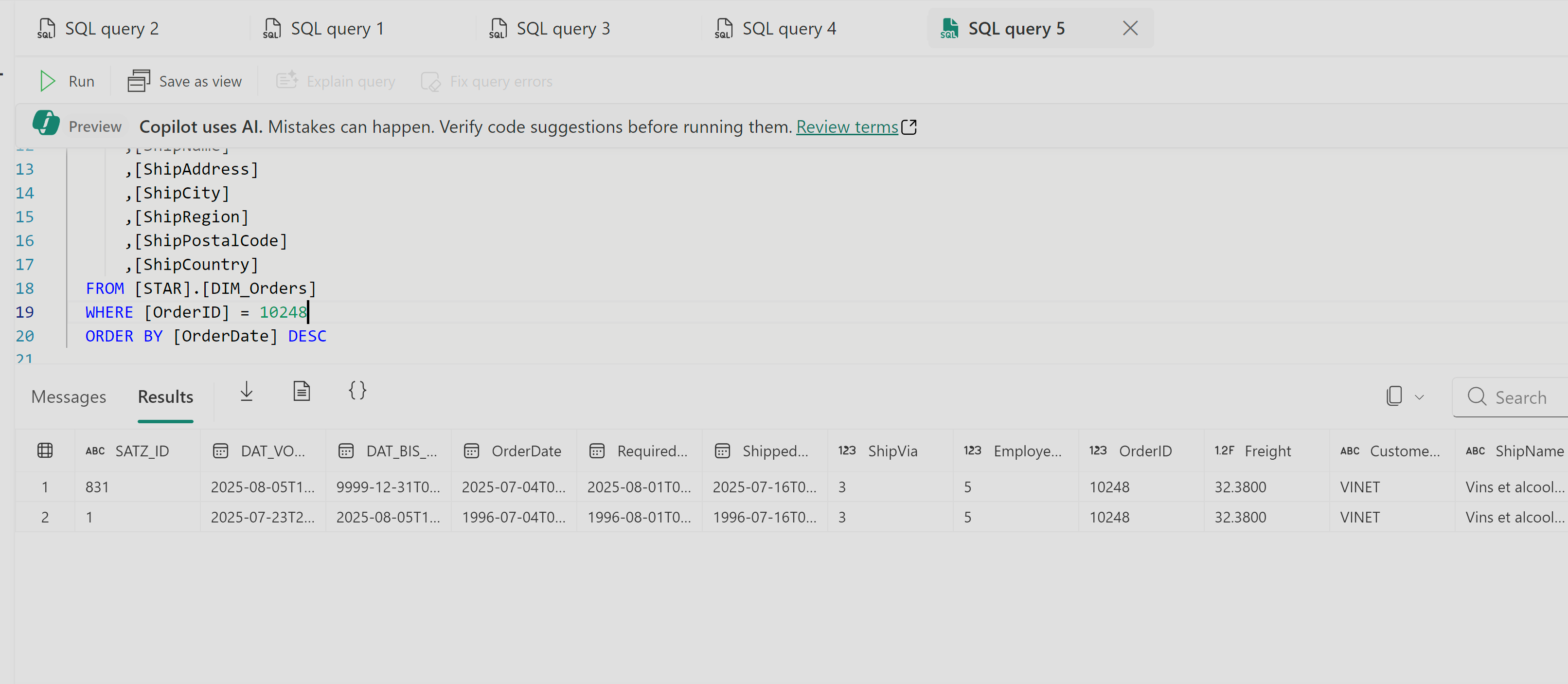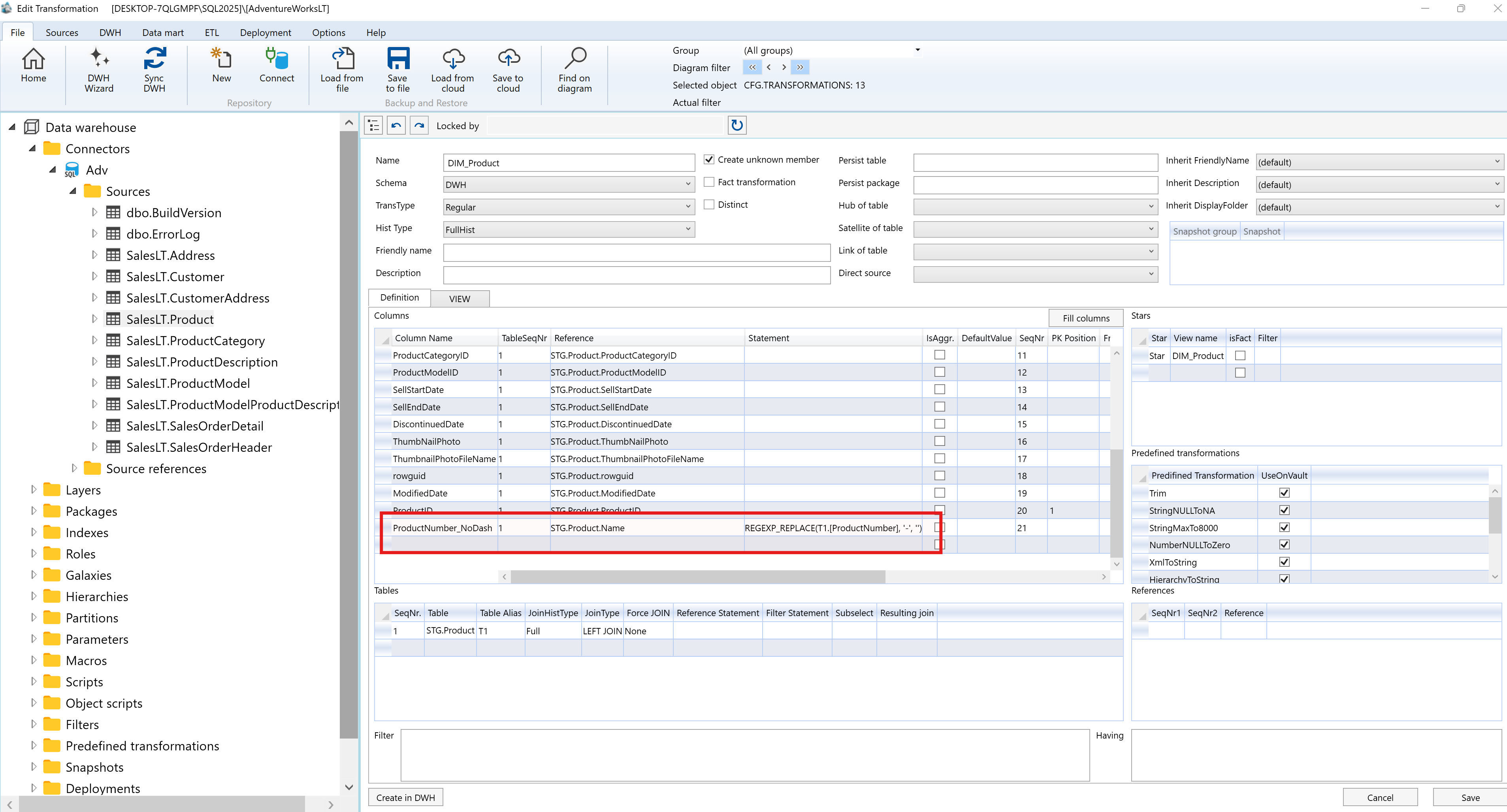SSIS 2025 Migration: Why Manual Package Maintenance is Now a Liability

SQL Server 2025 introduces breaking changes for SSIS. Organizations still relying on manually maintained packages face growing technical debt and risk. AnalyticsCreator offers a sustainable, automated path forward with metadata-driven package generation, deployment, and modernization.
Legacy SSIS Packages and Manual Maintenance Headache
The latest SSIS updates in SQL Server 2025 remove 32-bit execution support and deprecate the Package Store and key connectors. These shifts disrupt existing deployments and force reengineering of pipelines using unsupported components.
Without automation, teams must manually identify, refactor, and validate packages—a time-intensive and error-prone process. Even modern SSIS teams face disruptions as they migrate to .NET 8 and Visual Studio 2022 for compatibility.
Adopt a Future-Proof Approach with AnalyticsCreator
AnalyticsCreator enables a metadata-first approach to SSIS that eliminates manual maintenance. Through model-driven generation, it automates 64-bit package creation, replaces deprecated logic, and deploys directly to SSISDB using structured templates.
- Auto-generates modern SSIS packages with compliance to latest standards
- Replaces legacy components with metadata-defined logic
- Centralizes configuration, reducing human error and effort
Key SSIS 2025 Changes and How AnalyticsCreator Addresses Them
1. Removal of 32-bit Execution Mode
Legacy packages relying on 32-bit runtime will fail. AnalyticsCreator generates 64-bit packages by default, with centralized configuration to update all affected packages at once.
2. Deprecation of SSIS Package Store
SSISDB is now the only supported deployment target. AnalyticsCreator already uses SSISDB-based deployment templates and supports role-based access, parameterization, and logging out of the box.
3. Removal of CDC & Oracle Connector
Native CDC support for Oracle and Hadoop is removed. AnalyticsCreator replaces these with Azure-native or third-party connectors abstracted through metadata, avoiding full rebuilds.
4. Deprecation of SqlClient Data Provider (SDS)
SDS connections must be replaced by ADO.NET. AnalyticsCreator lets users globally configure connection managers via metadata—automating reconfiguration across all packages.
5. Transition to .NET 8 & Visual Studio 2022
Custom tasks must be refactored for .NET 8. AnalyticsCreator mitigates this through logic abstraction, eliminating reliance on custom code by generating compatible logic from central models.
Conclusion
SSIS 2025 represents a breaking point for manual ETL. To avoid disruption, organizations need a governance-ready automation engine like AnalyticsCreator. Its metadata-driven design ensures compatibility, reduces operational overhead, and provides a sustainable path for modernization.
Frequently Asked Questions
What are the major SSIS changes in SQL Server 2025?
SQL Server 2025 removes 32-bit support, deprecates the SSIS Package Store, and eliminates legacy connectors like CDC and SDS..
What is the SSIS Catalog (SSISDB) and why does it matter?
SSISDB is the modern deployment model required in SQL Server 2025. It replaces the legacy Package Store and requires new workflows for deployment and monitoring.
How does AnalyticsCreator handle deprecated components like CDC and SDS?
It replaces them through metadata-driven abstractions that support Azure-native and third-party connectors, eliminating the need to rewrite packages.
What’s the fastest way to migrate SSIS packages to SQL Server 2025?
Use AnalyticsCreator to regenerate all packages from a centralized metadata model, aligning them with the new architecture and runtime automatically.
Is AnalyticsCreator compatible with other Microsoft tools like ADF or Power BI?
Yes. AnalyticsCreator integrates with the full Microsoft stack including Azure Synapse, Fabric, ADF, and Power BI.



